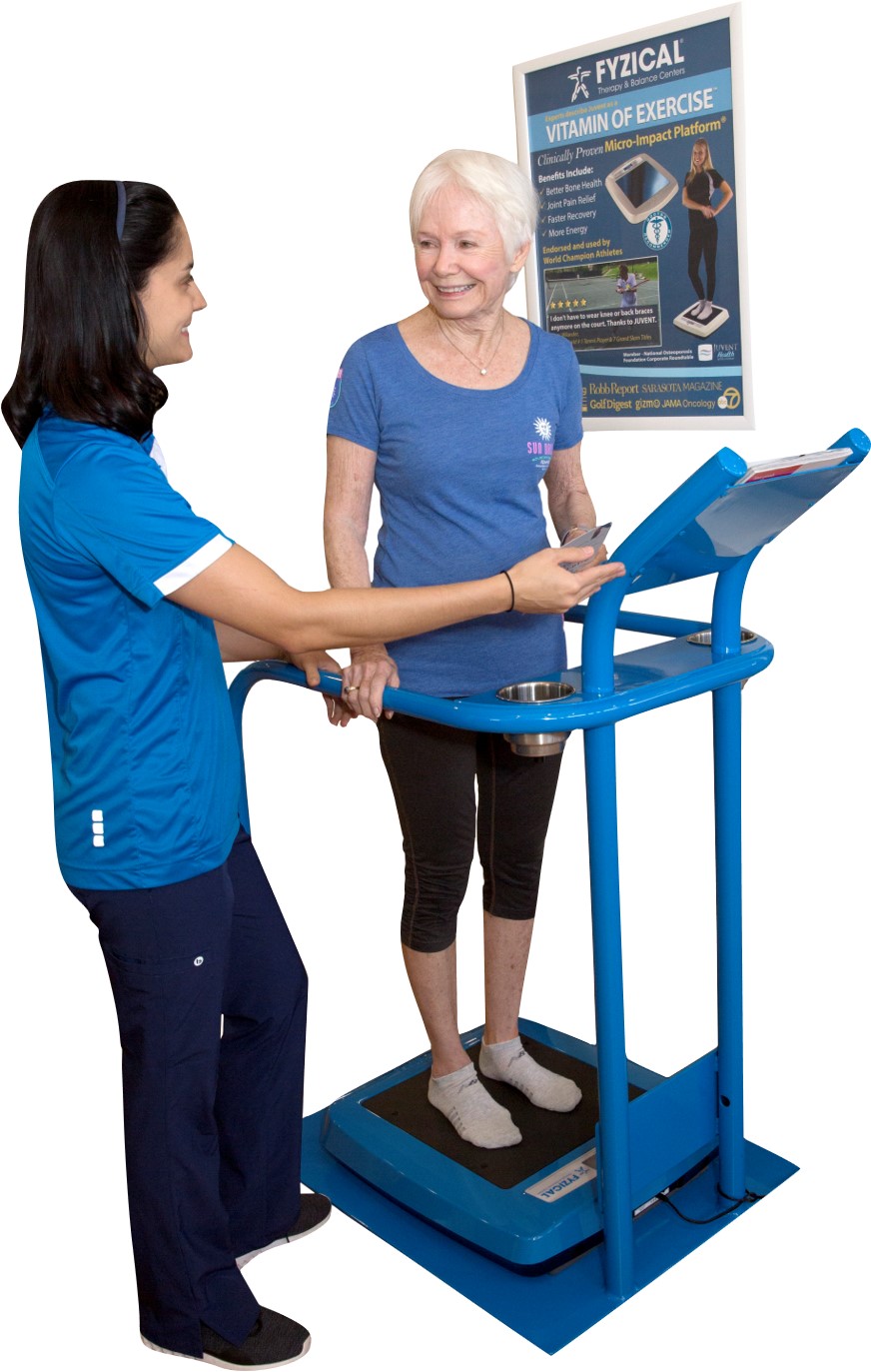Are you an athlete with a nagging knee injury?
Did you hurt your shoulder throwing too many pitches and now you’re worried you need surgery? Sports injuries are common, no matter the level of the athlete. Our therapists are musculoskeletal experts and know how to keep you on the field or how to get back on the court! You don’t have to be a professional or even an amateur athlete to suffer a sports injury. Many times, those most susceptible to sports injuries are people who have just started exercising or participating on a recreational level. Our team of physical therapists excels at knowing how to deal with an injury and how to prevent them as well!
Call FYZICAL today to make an appointment. With guidance from our sports physical therapists, you don’t have to worry about what you should be doing. We’ll get you back to playing the game you love safely!
What are the most common sports injuries?
The most common type of injury seen in sports occurs in the soft tissues. Soft tissues include muscles, tendons, and ligaments. These injuries often occur during sports and are the main reason for people seeking help.
It can be challenging to know when an athlete’s aches and pains are warning signs of an injury. It can also be challenging to know when to rest and when to keep playing. Our physical therapist will use an
injury assessment to help athletes and families determine if a sprain or strain needs intervention.
Identifying injuries early allows for an “active recovery” to assist the athlete return to sports rather than waiting to do nothing or hope it gets better on its own.
What is the difference between a sprain and a strain?
SPRAINS: A
sprain occurs when the ligament is stretched or torn. Sprains are caused by trauma like rolling your ankle on rough ground or being hit by an object or being tackled by someone. These events will cause the joint to move out of its normal range of motion resulting in the overstretching or tearing of a ligament. Ankles, knees, and wrists are most vulnerable to sprains, but it is possible at any joint.
STRAINS: A
strain is an injury to a muscle and/or tendon. Tendons are fibrous cords of tissue that attach muscles to bone. Strains often occur in the back or leg (typically, the hamstring). Strains are due to non-contact injuries, such as those that arise from overstretching.
The recommended treatment for a strain is the same as for a sprain. Your physical therapist will first assess your injury to determine what course of treatment is the best option. The emphasis should be to relieve pain and restore mobility, followed by simple exercises that progress you back towards sport participation. For a more severe tear, surgery may be necessary.


